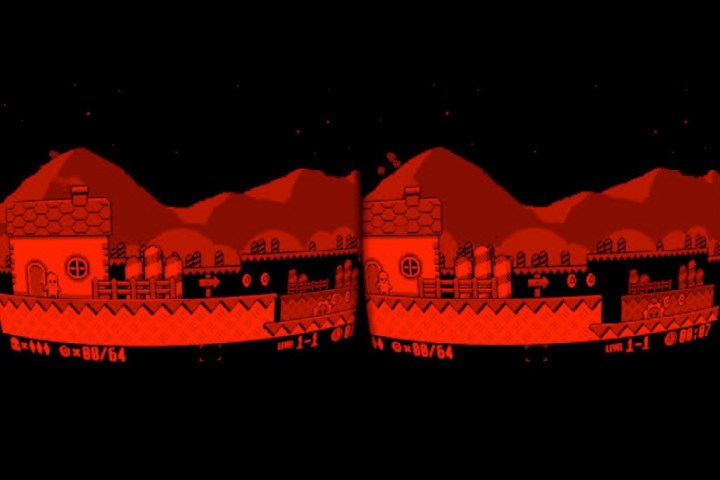
Virtual reality might not have quite taken over in the way some predict it will, but there is no denying that it’s come a long way in a short space of time. Case in point? Comparing the Virtual Boy, Nintendo’s ill-fated, red-tinted head-mounted display, with today’s HMDs. While the Virtual Boy deserves credit for being one of the first console attempts at providing stereoscopic 3D graphics, it now looks every bit its 23 years — and possibly a few more as well. It’s hard to believe it came out just one year before the Nintendo 64.
Still, if you’re in the mood to relive the Virtual Boy, and you happen to also own an Oculus Rift headset, you can do so, courtesy of a fan-made VBjin emulator which gives your old Virtual Boy a new lease on life. The Oculus-based VBjin VR was developed by Jay Mattis, founder of indie game developer High Horse Entertainment, makers of the Nintendo Switch, PS4, and PC game Disc Jam. A project Mattis began in 2012 when he backed the first-gen Rift on Kickstarter, VBjin VR was recently spotlighted in an article for Venture Beat.
“I owned a Virtual Boy back in the day,” Mattis told Digital Trends. “Once the console was discontinued, Blockbuster Video was trying to get rid of their inventory and I actually bought it pre-owned, along with their entire games catalog, for dirt cheap. I loved it, but I couldn’t play it for long periods at a time. I had to sit in an awkward position to keep my face in the visor, and the whole setup took way too much room on my desk to keep it connected all the time. When I got the emulator running, I was excited to re-play some of the games I remember so fondly but in a significantly more comfortable setting.”
VBjin for Oculus features two play modes. In one, the screen is fixed and static like the original console, while the other has the screen exist in its own “world” so that you can move closer to or further away from the rendered pixels. You can also change the color from the Virtual Boy’s signature red to gray, which some people might find a lot more comfortable.
If you’re interested in finding out a bit more, head over to the project’s page on Github, where you can read more of the technical details. Or you could bust out an original Virtual Boy, put on your best flannel shirt, and fully commit to the whole “relive 1995” thing.


